ESL Baby Vocabulary
There is an ESL baby vocabulary list on this page that you can use to learn words all about babies and small children. You will be able to use these words when you need to talk to someone about their children or tell people about your own children.
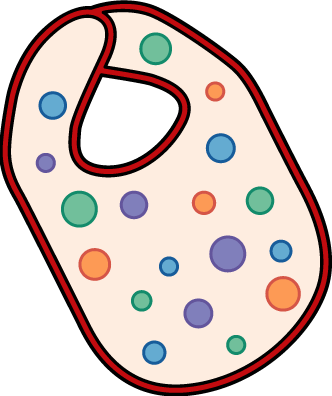
The page is presented in two parts. The first part has the vocabulary list and the second has the ESL baby vocabulary exercises. The first part has the vocabulary list with definitions of each word and the part of speech for that word. This can be used as either a list to learn all the words or a reference that you can look at when you find a word you do not know. After the ESL baby vocabulary list there is a set of flashcards with all the vocabulary items that you can download. There are also pictures on the flashcards to help you understand the meanings of the words. Then finally for the first part there is a recording of the ESL baby vocabulary being spoken by a native English speaker so you can hear the correct pronunciation.
For the second half of the ESL baby vocabulary page you have some tasks to do that will test your understanding of the words you have learnt. There are three tasks as follows:
- Identify the best definition that matches a word.
- Identify the best word that matches a definition.
- Identify the best word that matches a picture.
ESL Baby Vocabulary List with Definitions
The following is a list of the ESL baby vocabulary that you should try to learn. Each word has a definition and the part of speech is also included. Then after the word list there are some picture flashcards that you can download to use offline and then a recording of the vocabulary being spoken by a native English speaker.
Anxiety: An uncertain feeling, worry. (noun)
Asleep: A state of not being conscious. (adjective)
Baby: A small human being. (noun)
Baby bath: A small container for holding water to clean a baby in. (noun)
Baby food: The special food that is a paste for babies to eat. (noun)
Baby lotion: A liquid that is put on a baby’s skin to keep it moist. (noun)
Baby powder: A fine dry substance that is used to dry a baby’s skin so the nappy does not rub. (noun)
Baby wipes: Damp tissues that are used to clean babies. (noun)
Bath: A container to hold water, usually warm for bathing. (noun)
Bedroom: A room set aside for sleep. (noun)
Bib: A plastic or fabric item to catch food that a bay drops. (noun)
Birth certificate: The official record of a baby being born. (noun)
Blanket: A warm cover, usually made from wool. (noun)
Blocks: Solid square or rectangular shapes that children play with. (noun)
Booster seat: An object that can be placed on another chair or in a car so a small child can sit higher. (noun)
Booties: The small soft shoes that a baby wears. (noun)
Bottle: A container from which a baby drinks milk. (noun)
Bounce: An up and down body movement. (verb)
Bowl: A food container. (noun)
Breastmilk: The mild that is produced by a human mother. (noun)
Buggy: A device with wheels in which a child sits and is pushed around (similar to pushchair). (noun)
Cake: A sweet cooked food. (noun)
Car seat: A protective seat that stops a baby or small child from moving when they are in a car. (noun)
Change: To take a dirty nappy off a baby and put a clean one back on. (verb)
Changing table: A table that is used to change a baby’s nappy. (noun)
Clinic: Part of a hospital or surgery where experts give advice. (noun)
Comfort: To soothe, reassure. (verb)
Cot: A safe bed where a baby sleeps (British English, same as crib). (noun)
Cradle: A safe bed where a small baby sleeps. (noun)
Crib: A safe bed where a baby sleeps (American English, same as cot). (noun)
Cry: A noise made when upset or surprised. (noun) To make tears because of sadness or anger. (verb)
Cuddle: To pick up and hold in a kind caring way. (verb)
Diaper: A garment put on a baby to collect liquid and excrement (American English, same as nappy). (noun)
Dig: The action of making a space or hole. (verb)
Distress: An unhappy emotion shown by crying. (noun)
Drink: A liquid which re-hydrates the body. (noun)
Dummy: A device that a baby sucks and bites to sooth them (British English, same as pacifier). (noun)
Fist: A tightly closed hand. (noun)
Formula milk: An artificial milk that is an alternative to breast milk. (noun)
Gap: A space between objects. (noun)
Garden: An outdoor area where plants and trees grow. (noun)
Gurgle: A happy noise coming from the throat. (noun)
Health Visitor: A qualified person with knowledge of children's development. (noun)
Highchair: A chair with long legs and small seat so a baby or child can eat at a table. (noun)
Hold: A grasping motion using the hands. (noun)
Hospital: A building where experts in health matters can advise and treat patients. (noun)
Infant: A small baby that is less than one year old. (noun)
Milk: A white liquid that contains calcium. (noun)
Mittens: A warm garment, usually made from wool that covers the hands. (noun)
Mobile: An object that gently moves in the air. (noun)
Name: A special label given to each person at birth. (noun)
Nappy: A garment put on a baby to collect liquid and excrement (British English, same as dipper). (noun)
Newborn: A baby that has just been born and is less than one month old. (noun)
Night: A period of the day when darkness descends. (noun)
Nightlight: A faint light that can be left on all night to help a baby or small child sleep. (noun)
Nipple: The part of the breast that the milk comes out of. (noun)
Noise: An unpleasant, loud sound. (noun)
Nurse: A person qualified to look after sick and healthy people. (noun)
Onesie: A piece of clothing that covers all of a baby’s body. (noun)
Pacifier: A device that a baby sucks and bites to sooth them (American English, same as dummy). (noun)
Paediatrician: A highly experienced doctor with knowledge of children's health problems. (noun)
Pedal: A place to put your foot. (noun)
Personality: A way of showing each person as a distinctive individual. (noun)
Placid: A calm quiet emotion. (noun)
Play pen: An area fenced off with soft material that a baby can play in. (noun)
Point: The end of an object or a direction with a finger. (noun)
Potty: A container that a small child can use as a toilet. (noun)
Pram: A device with wheels in which a baby lies on its back and is pushed around (similar to stroller). (noun)
Professional: A person who is well qualified in a specific area of study. (noun)
Pushchair: A device with wheels in which a child sits and is pushed around (similar to buggy). (noun)
Rattle: A toy for a baby that makes a noise when shaken. (noun)
Rock: To move something in a sideways gentle soothing motion. (verb)
Routine: A repeated pattern of actions. (noun)
Scooter: A child's toy propelled by kicking the ground. (noun)
Scratch: To make a movement which removes skin. (verb)
Shadows: Patterns created from reflected light. (noun)
Sink: An area in a kitchen that can contain water. (noun)
Sleep: To rest with closed eyes. (verb)
Slide: To move down smoothly. (verb)
Solid: To be hard, the opposite of soft. (adjective)
Soft: To be change shape when pushed, opposite of solid. (adjective)
Stagger: To move in an unsteady way. (verb)
Stool: A small moveable step. (noun)
Stranger: An unknown person. (noun)
Stroller: A device with wheels in which a baby lies on its back and is pushed around (similar to pram). (noun)
Stuffed animals: Soft toys that look like animals. (noun)
Supplements: A substance that can be added to make food or drink better. (noun)
Swing: To move backwards and forward. (verb)
Tools: Instruments that are helpful in creating an object. (noun)
Toy box: A container for a child’s toys. (noun)
Toys: The objects that a baby or child plays with. (noun)
Tractor: A vehicle with wheels that can move across uneven ground. (noun)
Wake: To not be sleeping, aware of things that are happening around us. (verb)
Water play: The act of having fun using water. (noun)
Weigh: To find out how heavy something is. (verb)
Wheels: The circular support fixed to different vehicles to enable smooth movement. (noun)
Vocabulary Flashcards for Baby Words
This part of the page has a set of picture flashcards showing the ESL baby vocabulary. Many of the words have pictures to show you what they mean. You can download the flashcards by either clicking the following picture or link.
Spoken Baby Vocabulary
There are now two recordings of the ESL baby vocabulary being spoken by a native English speaker. If you listen to the recordings you will be able to hear the correct way to pronounce the words. With the first recording you can just listen to it. However, for the second recording you can also watch the picture flashcards at the same time as hearing the words. Listen as often as you need so you can learn the correct way to say the words.
ESL Baby Vocabulary Exercises
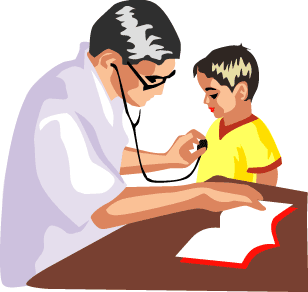
Exercise 1 – Correct Definition
In this ESL baby vocabulary exercise you need to decide which option (A-D) in each question has the definition that matches the word given in the question. When you have answered all the questions you can use the get score button to see how many you got correct.
ESL Baby Vocabulary Definitions
Choose the correct definition for the baby vocabulary in this quiz.
Exercise 2 – Correct Meaning
Now for the next ESL baby vocabulary activity you need to look at the definition given in each question and decide which option (A-D) has the word that matches the definition. Again you can use the get score button to see the correct answers.
ESL Baby Vocabulary Identification of Meaning
Choose the word that matches the definition given in each of the five questions in this quiz.
Exercise 3 – Identify Picture
For the last ESL baby vocabulary task you need to look at the following pictures and then decide which option (A-D) in each of the questions has the word that goes with the picture. Then when you have finished you can see the correct answers by clicking the get score button.
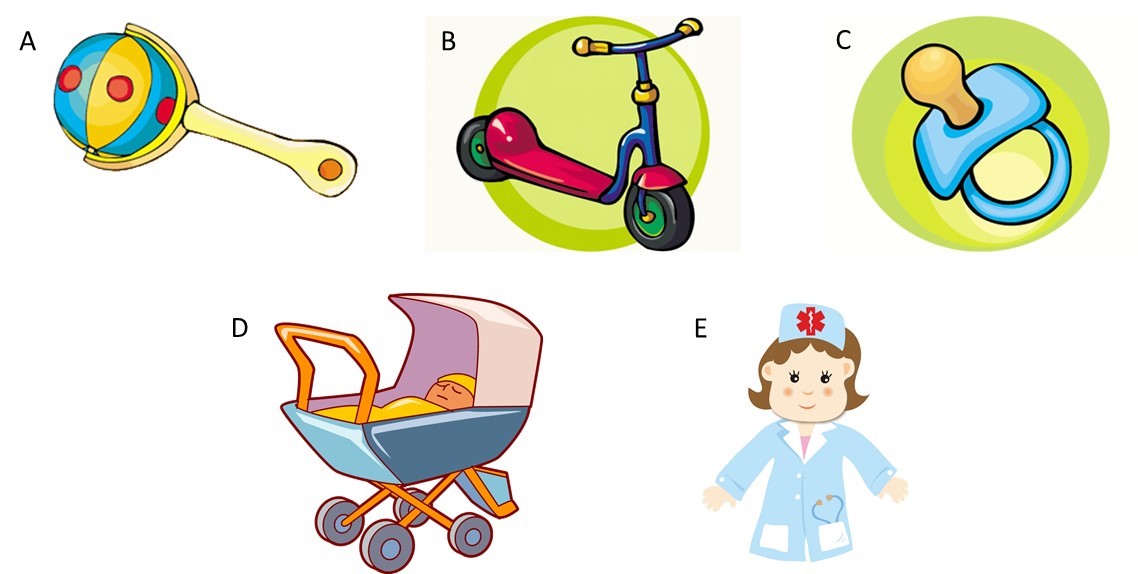
ESL Baby Vocabulary Picture Descriptions
Identify the best description for each of the images (A-E) given above that correspond to the five questions in this quiz.
Other Pages about Baby that You Might Like
ESL Baby Conversations
ESL Baby Listening
ESL Baby Reading
ESL Baby Writing
ESL 4u home › Vocabualry › Baby


|
|
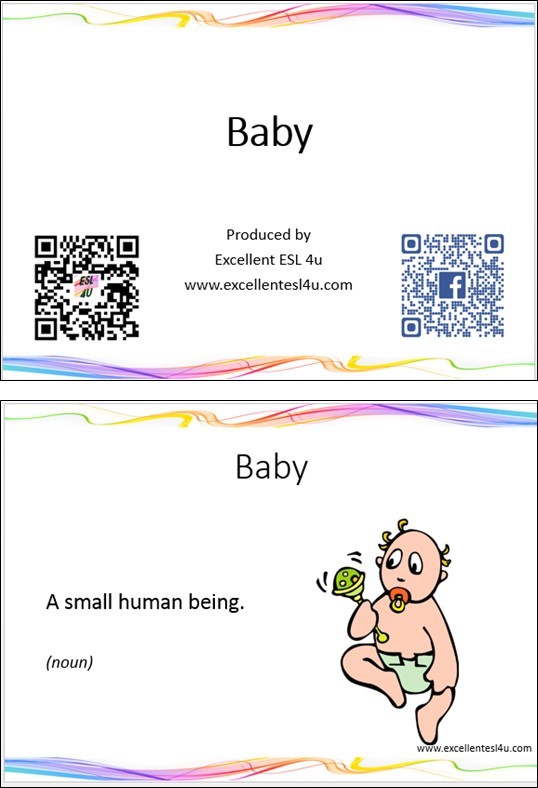
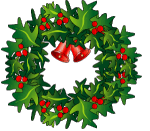
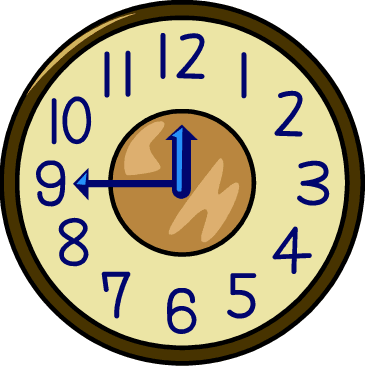
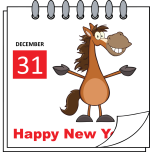
New! Comments
Have your say about what you just read! Leave me a comment in the box below.